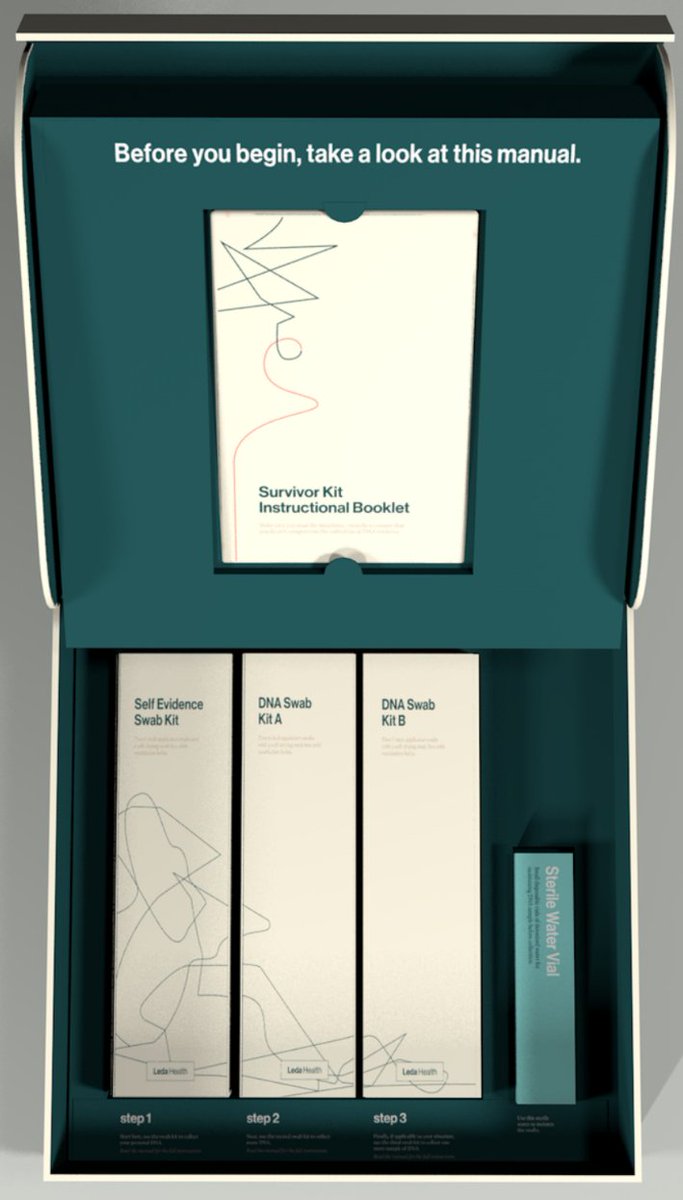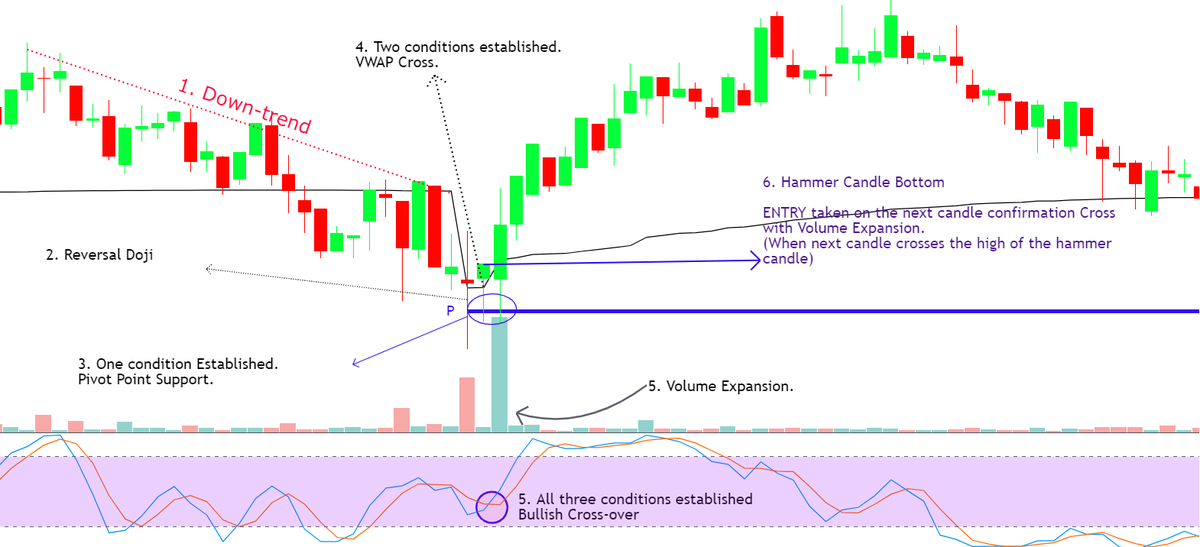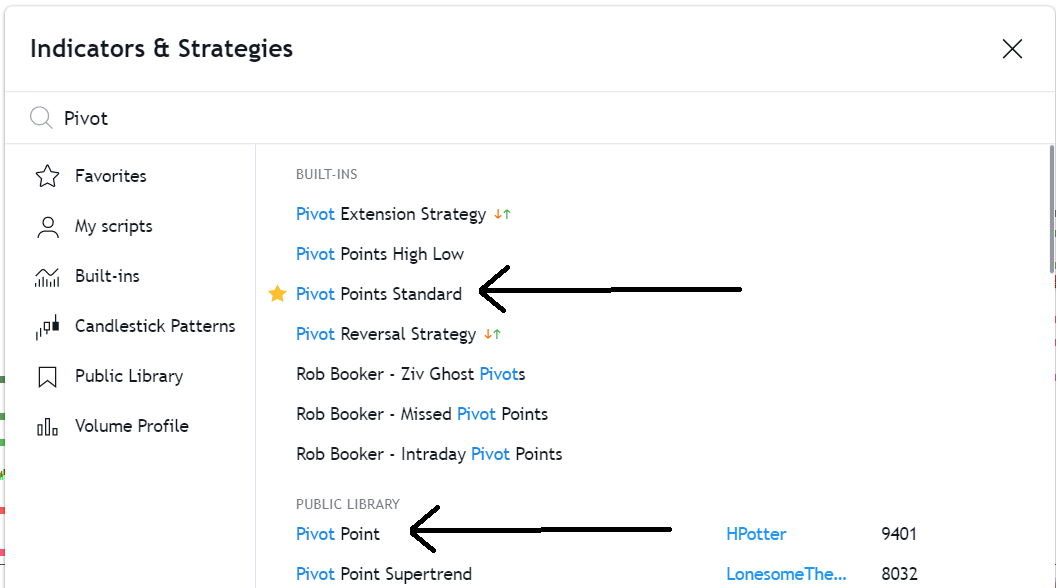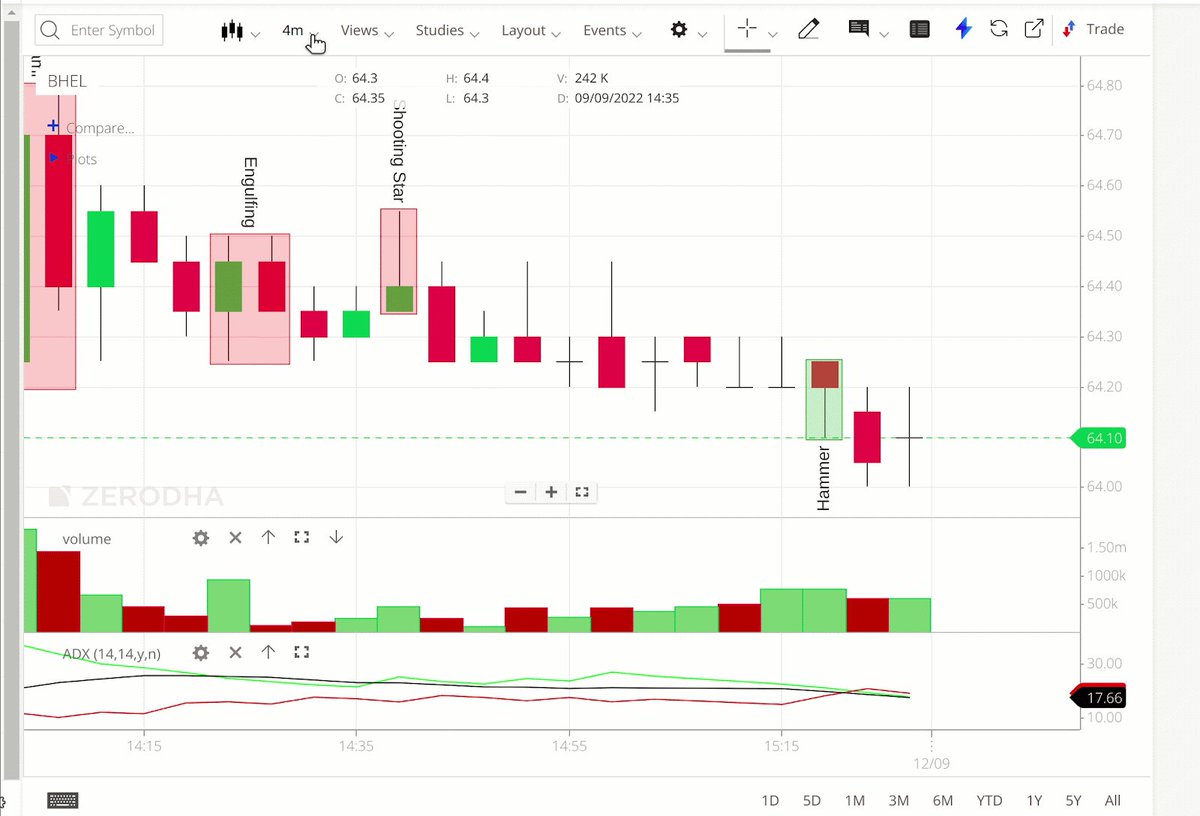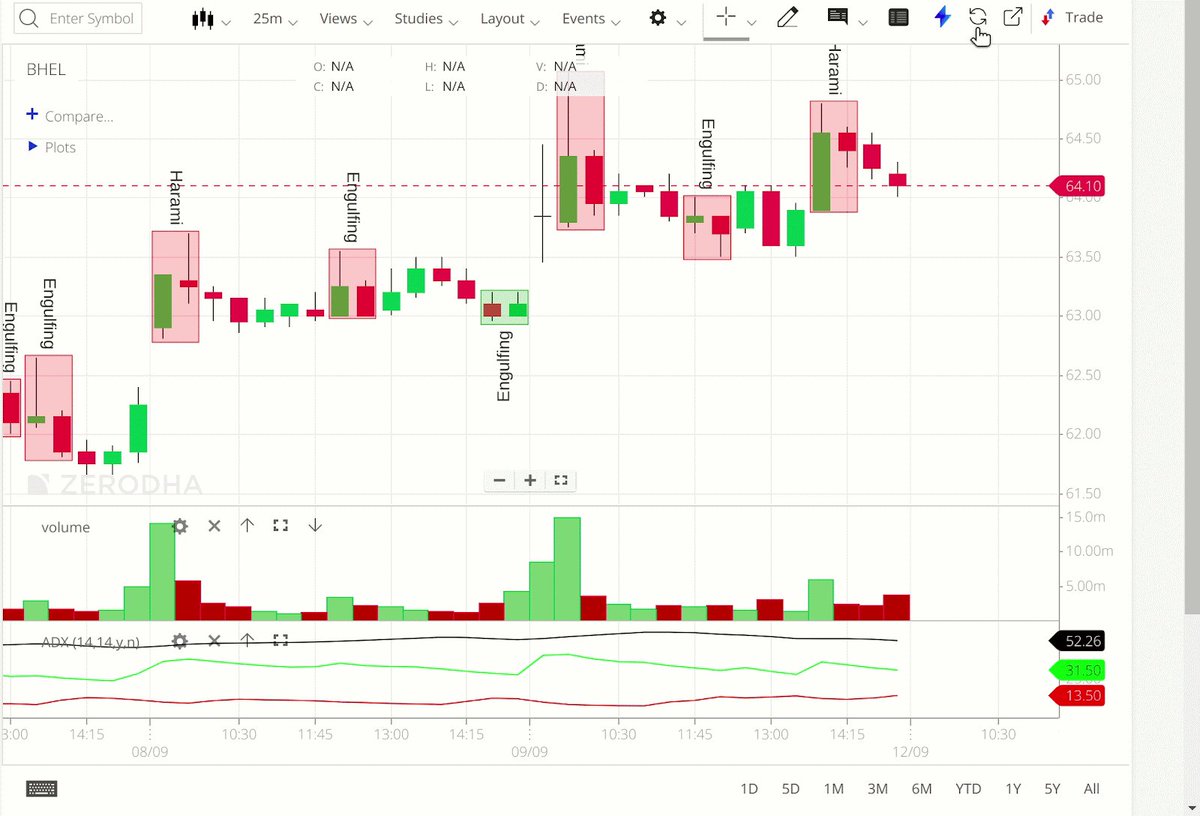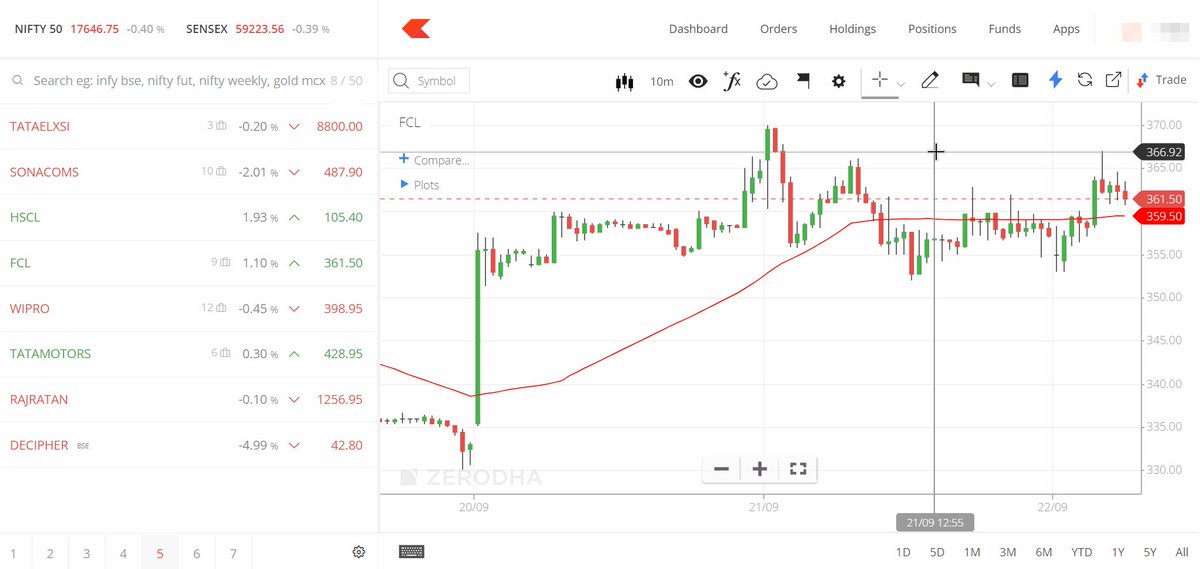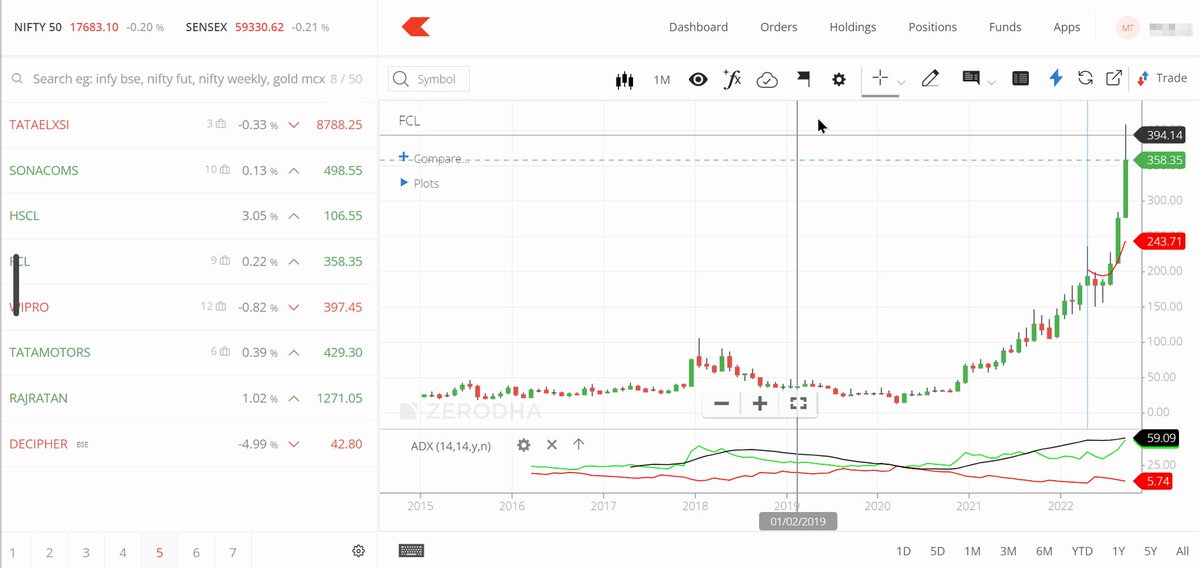Ex: The closer we get to moving at the speed of light, the more we slow down.
It looks like every symptom on Google search leads to cancer.
So, when you have a symptom that Google screams CANCER, should you be afraid?
Before I answer that for you, let's talk about Occam's Razor and how you can use it to simplify your life.
Let's dive in. 👇👇👇
Ex: The closer we get to moving at the speed of light, the more we slow down.
One suggested that the phenomenon was due to the changes that took place within "the ether". Another didn't refer to the ether at all.
The former was the physicist named Lorentz.
The latter was Einstein.
This was the Einstein-Lorentz Relativity priority dispute that we are talking about.
Einstein used no references to the ether, and his simpler explanation rooted in scientific method won.
Occam's Razor is a philosophical tool, a mental model used in problem solving.
What does it say?
"Entities should not be multiplied without necessity"
In other words,
"The simplest explanation is usually the right one".
It helps shave off unnecessary, unlikely explanations and factors from explanations.
Whenever you have a hypothesis with two competing explanations, the simpler explanation is the most likely to be the valid one.
A version of Occam's Razor, "The Zebra" suggests you reject an exotic medical diagnosis when a more commonplace explanation is more likely.
"When you hear hoofbeats, think of horses not zebras"
A simpler explanation might say it's common cold or dehydration.
Which one is more likely to be valid? The simpler one.
Let's first understand the two principles that constitute the razor.
i) Plurality should not be posited without necessity
ii)It is pointless to do with more what is done with less
You wouldn't use 3 men to do a one man's job. It's a waste of resources.
You wouldn't have 2 jobs, if you get a job that pays the equivalent of two.
- You clean up your desk.
- No need for 5 monitors. One or two would do.
- You reduce your inputs for trading (news, media, TV, online forums).
Because of this, you're often drawn to complex answers/solutions to succeed in them.
That's why complicated systems, indicators, workshops are all popular.
Very few believe simple things work.
While this might get you a better backtest result, it will often result in the system not working in real time.
The more the optimization, the more curve fitted the system to data.
Complex systems are usually fragile.
As the number of parameters grow linearly, complexity grows exponentially.

Simpler concepts and simpler rules based on fundamental market principles work.
They are also less likely to change in future.
- Twitter chatter, trends
- NSE announcements page
- Bloomberg, CNBC, Moneycontrol
and many other sources while trading.
Sometimes with these sources providing conflicting information, you can't even trade.

You get all the information you need from the charts itself.
At worst, you'd need only one good news source to take your decisions.
More knowledge won't bring more success beyond a point.
In fact, it's highly correlated to detrimental returns.
Your returns increase proportional to effort/time/resources invested up to a certain point.
Beyond that, the returns diminish.
We see this phenomenon everywhere.

Above a certain net-worth number (say $100M), life doesn't get any better in proportion to extra money.
Likewise, doing more doesn't mean achieving more in proportion, beyond a certain point.
- Fewer/no indicators (naked charts)
- Less tweaking in backtests
- Maximum one or two instruments traded
- Cut off news, twitter, TV during trading hours.
Owning 5-6 mutual funds, you end up having overlapping stocks across funds.
You end up owning over 200 stocks, getting returns that are worse than the index.
Either go for one or two multicap/hybrid funds, or do passive index investing.
One may want you to move to cash.
Another may tell you to invest more.
Another would tell you to liquidate and put everything into gold/real estate.
Which one do you listen to?
Find one financial advisor who understands your risk metrics, your financial goals, and tailors a plan for you.
That is more often enough to go after your financial goals in the most sustainable manner.
That doesn't make the process any better, only more complicated.
Keeping it simple and sticking to optimal number of inputs is important.
A simple process or system is not easy to develop.
It takes effort, probably years to develop a simple process that's robust enough to use consistently.
There will be certain amount of complexity required to solve any problem, be it in anything.
We call this "intrinsic complexity".
So, the focus should be to avoid accidental complexity.
You must work with only the intrinsic complexity underlying any problem at hand. Avoid introducing accidental complexities.
More from Shravan Venkataraman 🔥🚀💰
I wanted to know the best resources to learn about cryptocurrencies and blockchain for someone with zero knowledge. I asked Twitter, and Twitter answered.
This thread is a compilation of the best resources I was recommended. 👇👇
Let's start with ** BOOKS **
The first thing you should do before you pick up any book:
Learn about Bitcoin & Ethereum by reading the respective whitepapers.
- [Bitcoin white paper](https://t.co/cErOaFn6QL) by Satoshi Nakamoto
- [Ethereum White paper] (https://t.co/0g5kYCGJGq) by Vitalik Buterin
Even if you are not tech savvy, you can get a good grasp about how blockchain functions from these papers.
1) *The Basics of Bitcoins and Blockchains: An Introduction to Cryptocurrencies and the Technology that Powers Them* by Antony Lewis
This book covers topics such as the history of Bitcoin, the Bitcoin blockchain, and Bitcoin buying, selling, and mining.
It also answers how payments are made and how transactions are kept secure.
Other cryptocurrencies and cryptocurrency pricing are examined, answering how one puts a value on cryptocurrencies and digital tokens.
More from Trading
Tether has been manipulating #Bitcoin's price upwards for years now by printing unlimited, and unbacked $USDT.
This thread will cover the controversial aspects surrounding Tether, and how it will eventually meet its demise.

1) Tether is a stable coin that was first launched in 2012.
According to the company, Tether is backed 1:1 with the U.S dollar, although this isn't actually the case.
Bitfinex, and Tether have refused to show audits of their reserves, which is held in offshore bank accounts.

2) In 2019, The United States District Court sued Bitfinex, Tether, and Poloniex for being involved in a massive price manipulation, and fraud scheme in the crypto markets.
In a court hearing, Tether's lawyer admitted the stable coin was only backed by 74% cash, and securities.

3) On Jan 15th 2021, iFinex is supposed to submit documents requested by NYAG's investigation.
These documents will be consequential to the case.
https://t.co/82UuLLLXWK

4) How the scam works:
Tether can print infinite amounts of (worthless) $USDT.
They then inject this into BTC, ETH, LTC, (and others) to cause prices to pump.
Notice how during the months they stopped printing Tether, the market moves sideways or drops significantly.

As this year comes to an end, here are the 11 most powerful threads on Subasish Pani exclusively compiled for you all.
Collborated with @AdityaTodmal
1/ Important concepts from Power of Stocks - Subasish
Important Concepts from Power of Stocks\u2014 Subhasish Pani
— Aditya Todmal (@AdityaTodmal) August 12, 2022
7+ years of trading experience in 14 tweets\U0001f9f5
Collaborated with @niki_poojary
2/ Important concepts with video links of Subasish
There are plenty of videos of Subhasish Pani from Power of Stocks.
— Aditya Todmal (@AdityaTodmal) April 17, 2022
You already know those.
Instead, here are 12 concepts from his videos that will make you a better trader\u2013\u2013not worse:\U0001f9f5
Collaborated with @niki_poojary
3/ The 5 EMA
Subasish Pani revealed the most simple, yet successful strategy: 5EMA set up!
— Nikita Poojary (@niki_poojary) July 3, 2022
Here is a thread of 23 video clips on the 5EMA set-up that will save you hundreds of hours and available to you for no cost!
5EMA set-up: \U0001f9f5!
Collaborated with @AdityaTodmal
4/ The Bollinger Band set-
A set up which has a minimum Risk/Reward (R/R) of 1:4
— Nikita Poojary (@niki_poojary) October 2, 2022
This set up can be used for intraday, option selling, option buying, as well as investing.
Maximum profit strategy by Subasish Pani.
Bollinger band set-up: \U0001f9f5!
Collaborated with @AdityaTodmal pic.twitter.com/aEIUVQF2XY


